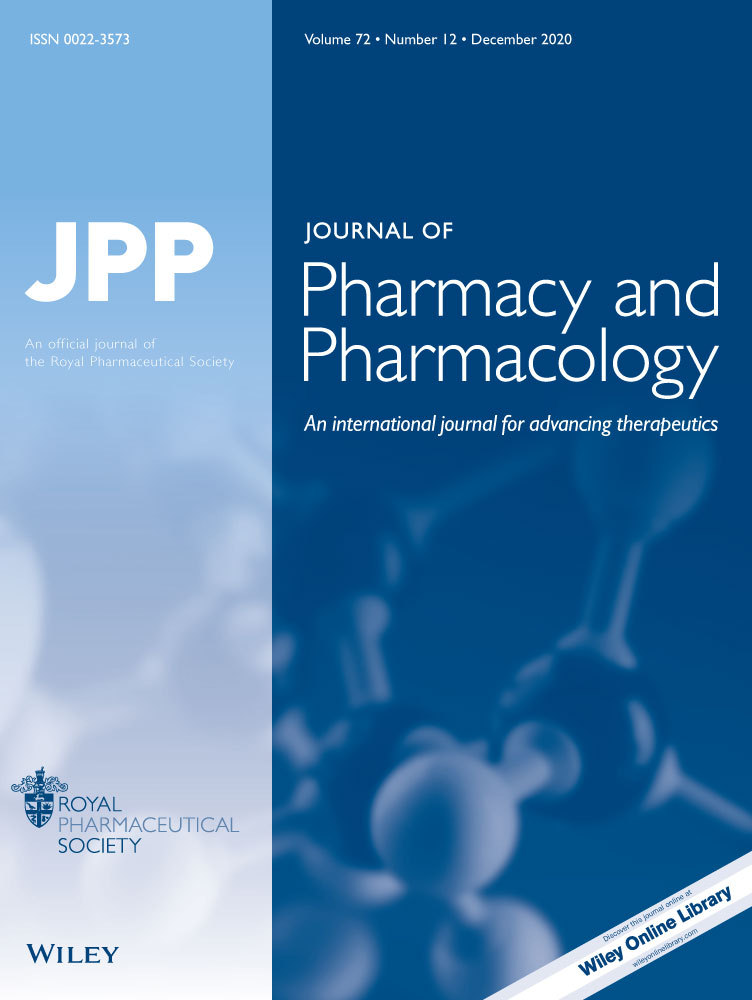The Antistaphylococcal Effect of Nisin in a Suitable Vehicle: A Potential Therapy for Atopic Dermatitis in Man
Abstract
Staphylococcus aureus plays a central role in the pathogenesis of atopic dermatitis and is the predominant microorganism both in the lesions and in adjacent clinically normal skin. Chronic infection might aggravate the underlying lesion and serve as a source for further S. aureus infection. Nisin is a non-toxic and non-irritant peptide with no antibiotic-like side effects.
In this study the antistaphylococcal activity of nisin in six topical formulations was investigated in diffusion tests and is shown to depend both on the water content and on the technological system. Because topical products often adhere to the stratum corneum for only a short time, the kinetics of antimicrobial activity were examined using a membrane filter technique. Thirty minutes after nisin addition almost no living microorganisms were detectable in different aqueous samples.
The results demonstrate the potential of nisin preparations as an alternative to common antibiotics in the treatment of S. aureus infections in atopic dermatitis.




